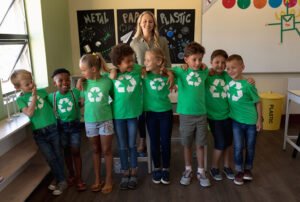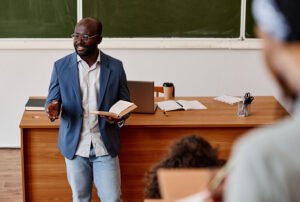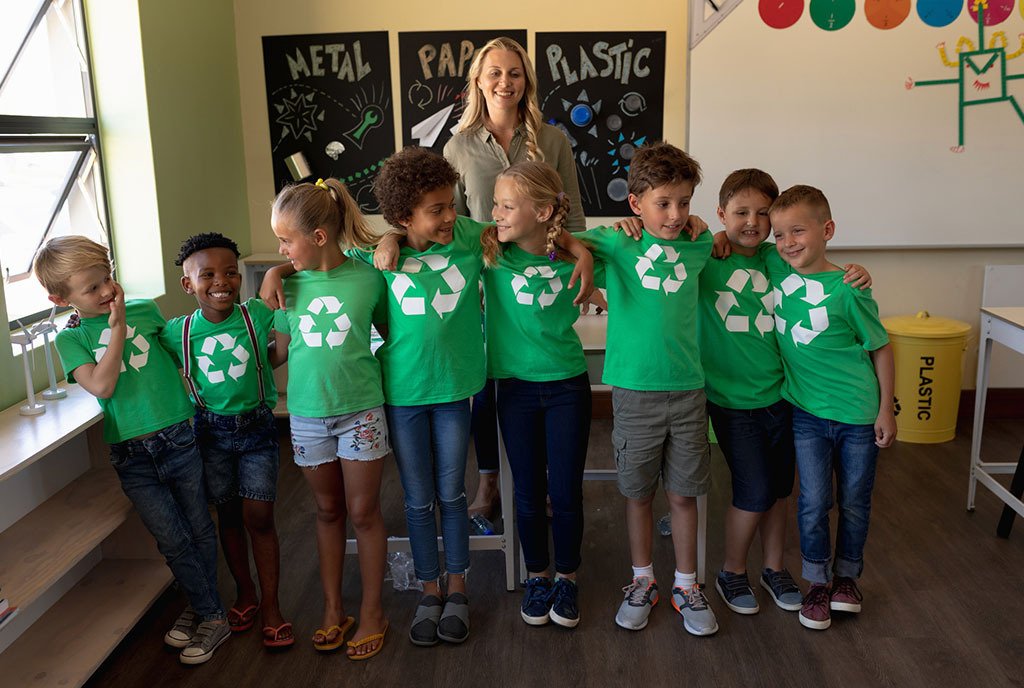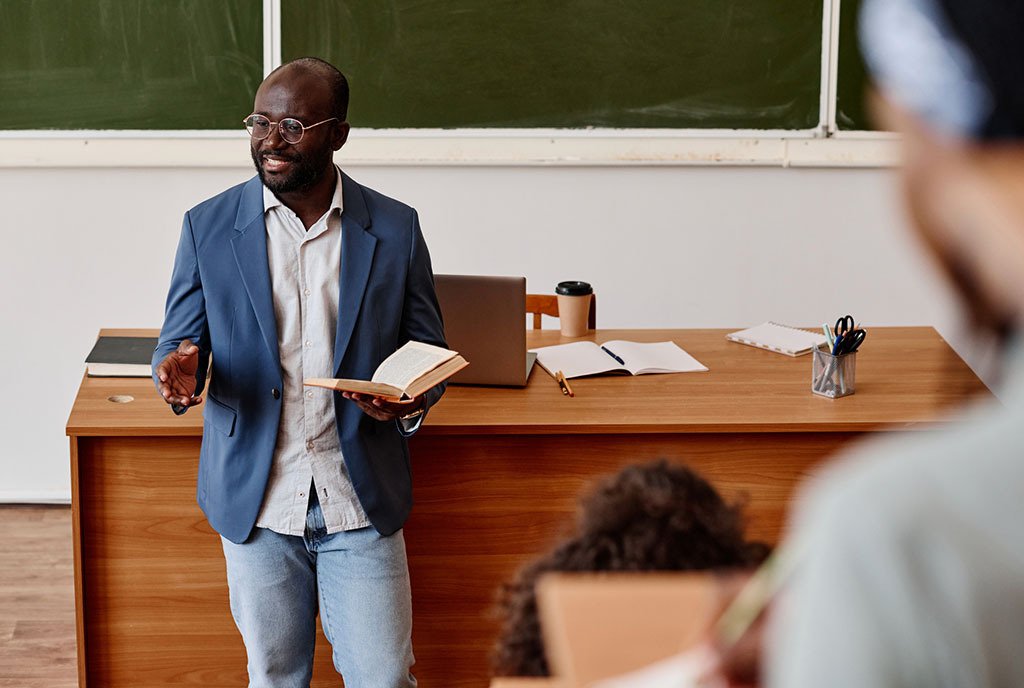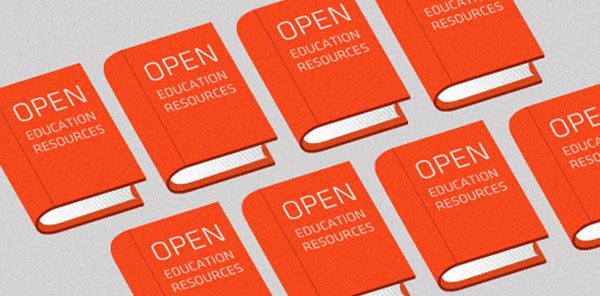
March 12, 2018; EdWeek Market Brief
Partnership, collaboration, and information-sharing are intrinsic values within the nonprofit sector. In fact, the exchange of tools and practices has contributed greatly to the evolution of the sector itself. As nonprofits look for emerging strategies to build upon this long history, one model to explore is the use of collaborative networks to overcome shared challenges, leverage collective wisdom and assets, develop new tools, and foster a culture of innovation. One striking example of the power of this type of collaboration is the use of Open Educational Resources (OER) as a critical tool for advancing equity in education.
Last week, the Department of Education (DOE) announced a national partnership focused on OER with the Institute for the Study of Knowledge Management in Education (ISKME), a California-based nonprofit whose mission is to improve the practice of continuous learning, collaboration, and change in the education sector. The partnership focuses on enhancing and expanding the #GoOpen network, an Obama administration initiative geared towards supporting “states and districts choosing to transition to the use of openly licensed educational resources to transform teaching and learning.”
Given this focus, ISKME is a perfect partner. Currently, the nonprofit manages the OER Commons, a “public digital library of open educational resources” that users can access to “explore, create, and collaborate with educators around the world to improve curriculum.” The OER Commons features tools for all grade levels, and users can easily search a database and contribute their own content. A noteworthy feature of the OER Commons is the use of hubs to connect collaborators on specific projects and microsites to customize digital libraries.
Sign up for our free newsletters
Subscribe to NPQ's newsletters to have our top stories delivered directly to your inbox.
By signing up, you agree to our privacy policy and terms of use, and to receive messages from NPQ and our partners.
OER as an educational strategy has been around since the turn of the century, and the #GoOpen network, consisting of twenty states and 114 districts, builds upon years of investment from foundations such as the William and Flora Hewlett Foundation, who see OER as a strategy for supporting the “mainstream adoption and effective use of openly licensed educational resources that provide students around the world greater access to a world class education.” In January, the foundation published an article entitled “10 years of OER: What funders can learn from a historical moment,” authored by Cathy Casserly, the former director of the OER Initiatives at the Hewlett Foundation. This reflective piece looks back at the integral moment of the Cape Town Open Education Declaration, a shifting point for the OER movement towards the adoption of liberal open licenses, which today are a centerpiece of OER efforts around the globe. This shift towards openness and transparency was pivotal to advancing OER and is cited as a watershed moment for embracing the collaborative spirit inherent in OER.
In looking back at how this declaration ultimately influenced the adoption of more liberal licenses, Casserly looks ahead and challenges funders within the OER space to themselves explore ways of collaborating through efforts such as mapping the OER ecosystem and pooling resources and expertise. This challenge is rooted in good reason, as the use of networks is at a similar crossroads. More funders are looking to the power of collaborative networks as pathways for maximizing social impact and see themselves as critical players in the evolution of networks, both as funders and strategic conveners.
This embrace of network principles and mindset has led to new programs and tools. For example, in 2015, given the increase in attention to networks as key facilitating structures for social impact, the Rockefeller Foundation, in partnership with the Monitor Institute, launched ENGAGE: How Funders Can Support and Leverage Networks for Social Impact, an interactive guide to navigating networks, which has an extensive resource and reading list. Similarly, the Garfield Foundation has a program area dedicated to funding collaborative networks that supports the development of “highly strategic networks of diverse stakeholders working on complex sustainability issues.” In terms of network mapping, which is a useful visualization tool for creating a network weaving strategy, one of the most interesting projects to emerge recently is the Case Foundation’s Impact Investing Network Map, an interactive map of the impact investment sector which looks at publicly available transactions between investors and companies, with the goal of facilitating connections between impact investors to “foster a better understanding of the size, breadth, depth and, importantly, the enormous potential of this field.”
These shifts by funders to look more strategically at how networks can achieve larger scale social impact is reflected in the new DOE and ISKME partnership to grow the #GoOpen network, which focuses on four fundamental goals: 1) replicating good ideas, 2) documenting strategies, 3) building communities of practice, and 4) connecting researchers with K-12 officials to weave evidence on OER into educational policy. These activities will build the capacity of the #GoOpen network to achieve more by weaving connections, drawing upon the collective intelligence of the network, and using shared decision-making as a strategy for creating value and increasing participation.
Ultimately, this partnership will use the network lens to achieve the overall goal of making educational opportunities open to all learners. As more nonprofits and funders look to participate in networks, DOE and ISKME’s partnership is one example of a public-sector initiative that embraces the network mindset as a pathway to solving educational challenges in districts across the country. Learning from efforts like this can inform nonprofits about new collaboration methodologies and can plant the seed for how to look at collaborating through a broader lens than simply looking at collaboration programmatically.—Derrick Rhayn


